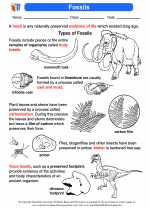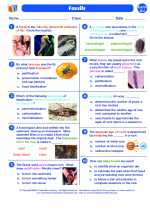Nautiluses
Nautiluses are a group of marine mollusks belonging to the cephalopod class. They are often referred to as "living fossils" because they have remained relatively unchanged for millions of years. These creatures are known for their distinctive spiral-shaped shells and tentacles.
Anatomy
The shell of a nautilus is divided into chambers, with the animal residing in the largest, outer chamber. As the nautilus grows, it creates new, larger chambers and moves into them, sealing off the smaller chambers behind it. The animal has tentacles that it uses for catching prey and sensing its environment.
Habitat
Nautiluses are found in the deep waters of the Pacific and Indian Oceans, typically at depths of 100 to 800 meters. They are often associated with coral reefs and seamounts, where they feed on small fish and crustaceans.
Behavior
Nautiluses are nocturnal hunters, using their keen sense of smell to locate prey. They are known to be solitary creatures, and little is known about their mating and reproductive behaviors. Nautiluses are also capable of adjusting their buoyancy by regulating the gas-to-liquid ratio in their shells, allowing them to move up and down in the water column.
Conservation
Nautiluses are facing threats from overfishing and habitat destruction. They are often caught for their shells, which are sold as decorative objects. Conservation efforts are underway to protect these ancient creatures and their habitats.
Study Guide
- Explain the unique shell structure of nautiluses and how it changes as they grow.
- Describe the habitat where nautiluses are typically found and the depths at which they reside.
- Discuss the feeding behavior of nautiluses and how they use their tentacles to catch prey.
- Examine the conservation status of nautiluses and the threats they face in their natural environment.
- Compare and contrast the anatomy and behavior of nautiluses with other cephalopods, such as octopuses and squids.
By studying the anatomy, behavior, and conservation status of nautiluses, you can gain a deeper understanding of these fascinating and ancient creatures.
.◂Science Worksheets and Study Guides Eighth Grade. Fossils

 Activity Lesson
Activity Lesson
 Worksheet/Answer key
Worksheet/Answer key
 Worksheet/Answer key
Worksheet/Answer key
 Worksheet/Answer key
Worksheet/Answer key
 Worksheet/Answer key
Worksheet/Answer key
 Vocabulary/Answer key
Vocabulary/Answer key
 Vocabulary/Answer key
Vocabulary/Answer key
